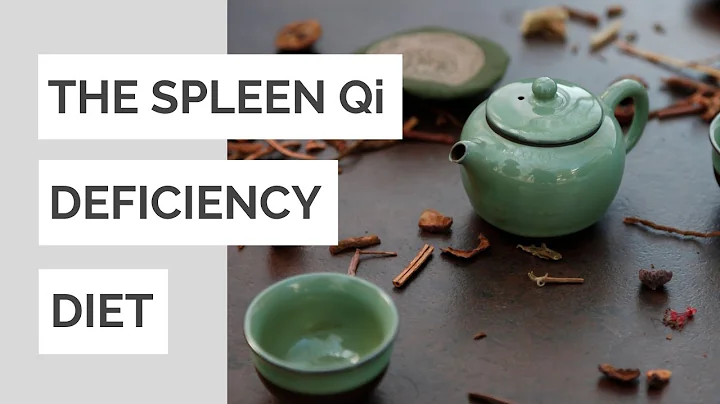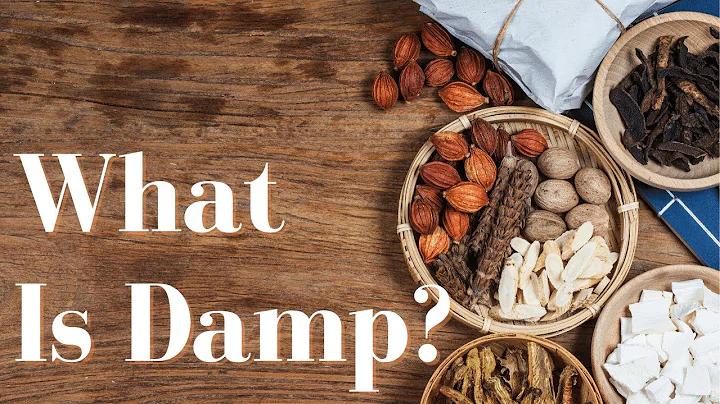
Traditional Chinese Medicine Liancao: Nature and flavor return to meridian: bitter, sweet, flat. Return to the liver, kidney and lung channels. This product is bitter, dry and venting, sweet and tonic, and the nature is fair. Entering the liver and kidney meridians not only dispel rheumatism and relieve pain, but also invigorate the liver and kidney, strengthen the muscles and bones, and regulate menstruation and stop bleeding. Entering the lung meridian can nourish the lung and relieve cough.
Efficacy: dispel rheumatism, strengthen muscles and bones, regulate menstruation and stop bleeding, nourish lungs and relieve cough.

Indications of disease syndrome
(1) Arthralgia due to rheumatism, sore waist and knees.
(2) There are many uterine bleeding and more leucorrhea.
(3) Pulmonary deficiency and chronic cough, tuberculosis coughing up blood.
(4) Hematemesis due to strain and bleeding from trauma.
Usage and dosage: Oral administration: decoction, 10~30g; or into pills. External use: appropriate amount, powdered and applied, or fresh product pounded and applied.

Origin: Mainly produced in Gansu, Shaanxi, Henan, Anhui and other places.
Harvesting and processing: It can be excavated throughout the year to remove impurities. When the leaves are soft, they are stacked until the leaves turn purple and brown and dried.
Preparation of decoction pieces: remove impurities and cut into sections.

Character identification
The rhizome of this product is slender. The stem is cylindrical or has longitudinal edges, 10 to 30 cm long. The leaves are basal, long ovoid or nearly round, 2-8cm long, dark green or purple-brown, round or slightly pointed at the apex, with sparse small serrations on the whole, slightly recurved edges, and white upper surface sometimes along the veins Stripes, sometimes with white powder on the lower surface. The raceme has more than 4 to 10 flowers; the flowers are half drooping, sepals 5, tongue-shaped or oval-shaped; petals 5, early fall, stamens 10, anther bases with small horns, apical holes are open; styles are exposed and ringed The stigma disk shaped like protrusions. Capsules are oblate, 7-10mm in diameter, 5 longitudinally split, with spider filamentous hairs on the edges of the split petals. Slight breath, light taste, slightly bitter.

Compatibility of Deer's head grass
1. "Shaanxi Chinese Herbal Medicine": One or two Deer's head grass, a pair of trotters. Stew.
2, "Shanxi Chinese Herbal Medicine": Treatment of tuberculosis and hemoptysis: four coins each. Decoction in water.
3, "Selected Chinese Herbal Medicines from Shaanxi, Gansu and Ningqing": cure chronic rheumatoid arthritis, rheumatoid arthritis: four coins for Pyrola and Atractylodes, three coins for Alisma. Decoction in water.
4. "Selected Chinese Herbal Medicines from Shaanxi, Gansu and Ningqing": Treat chronic enteritis, dysentery: Pyrola chinensis five dollars. Decoction in water.






















